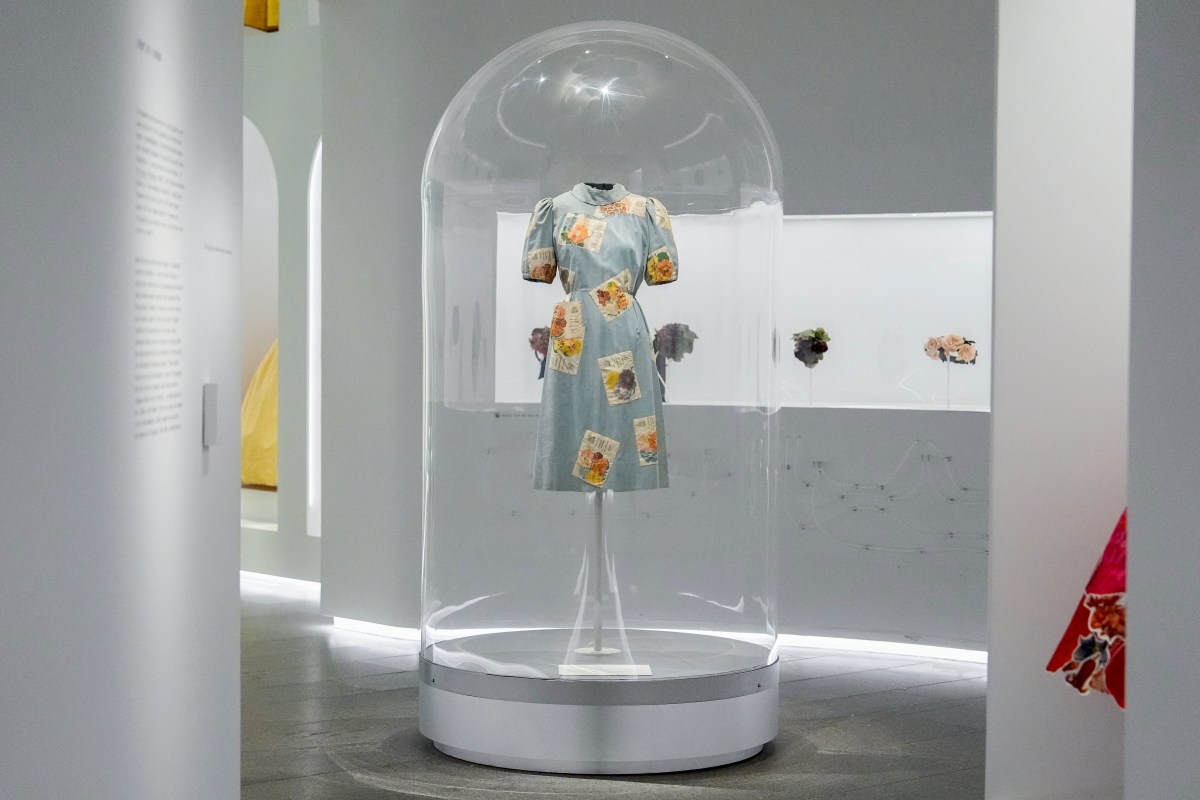ikea canada
Subdued colours can create a relaxed and serene mood, as shown in this vignette from Ikea’s new 2008 catalogue.
If you’re a student moving into a new place and you’re feeling a little overwhelmed at the prospect of decorating, take heart. The design team has some basics that will help you design a stylish student pad.
Above all else, think about function. How will you use your space?
Most students have basic space requirements — they need a place to sleep, a place to study, a place to socialize, a place to prepare and eat food, and last but not least, a place to shave, shower, and so on.
These basic requirements need to be met, but you may also have other needs.
For example, don’t feel pressured to have a dining room table and chairs just because you have a dining room. If you’re an art student, you may want to use it as a studio. If you’re a yoga devotee, you may use it as a space to practise.
Once you have decided on your requirements, develop a floor plan. And don’t forget to measure —we suggest using a paper grid to represent each square foot of space in the room.
Then measure the furniture that you plan to use, and be prepared for the possibility that it does not fit the space you have.
Which brings us to our next point. For goodness’ sake, if you have a tiny space, don’t try to stuff mom and dad’s huge sofa into the space.
Pay attention to scale. Use properly scaled furniture for the space you have.
Climbing over huge, overstuffed furniture to enter your living space could get tiresome after a while. Plus it would be a design crime.
When you consider décor, your first step is to know the kind of look you are seeking. If you don’t have a sense of this, flip through a few décor magazines and tear out the pictures you like.
First of all, note the colours you like. Subdued colours or a monochromatic colour scheme tends to have a relaxed and serene mood.
Brighter schemes or contrasts will give you an energetic mood — just be careful not to introduce too much. It will start looking chaotic, and could make you and your guests anxious.
Sometimes a pillow or accent that you particularly like may provide you with the basic ingredients of your colour scheme.
Try choosing a lighter shade on the walls, and a medium shade on your furniture or slipcovers, and the darkest or most intense colour on accents, such as pillows or candles or vases.
As mama always said, light colours on the wall make the space appear bigger, and dark colours tend to pull together, making the space appear smaller.
You also need to consider the idea of rhythm or unity; repeating a series of similar patterns to unify your space.
For example, if you use an eye-catching hot pink pillow on your sofa, also use small pink accents (a vase or picture frame in the same shade) in other parts of the room to bring it together.
If you don’t do this, that pink pillow will look as if it dropped out of the clear blue sky and landed in your living room.
And note as well the style, or elements of style that you like. Style usually comes in three broad groupings — traditional, contemporary, or country.
As is typical with many students, your decision about “style” may be based more on the household items you’ve acquired, rather than anything you can choose.
In this case, you must evaluate what you have, decide on the look that would best suit you and your selection of furniture and household goods, and give the rest away.
• Catch Arresting Design on W Network; see www.wnetwork.com.
















